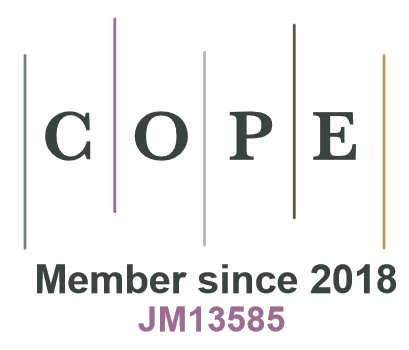Articles by Ole M. Bollandsås
Category : Research article
Accurate field plot data on forest attributes are crucial in area-based forest inventories assisted by airborne laser scanning, providing an essential reference for calibrating predictive models. This study assessed how sample tree selection methods and plot data calculation methods affect the accuracy of field plot values of timber volume, Lorey’s mean height, and dominant height. We used data obtained from 12 420 circular sample plots of 250 m2, measured as part of the Norwegian national forest inventory and 45 local forest management inventories. We applied Monte Carlo simulations by which we tested various numbers of sample trees, methods to select sample trees, and methods to calculate plot-level values from tree-level measurements. Accuracies of plot values were statistically significantly affected by the number of sample trees, sample tree selection method, and calculation method. Obtained values of root mean square error ranged from 5% to 16% relative to the mean observed values, across the factors studied. Accuracy improved with increasing numbers of sample trees for all forest attributes. We obtained greatest accuracies by selecting sample trees with a probability proportional to basal area, and by retaining field-measured heights for sample trees and using heights predicted with a height-diameter model for non-sample trees. This study highlights the importance of appropriate sample tree selection methods and calculation methods in obtaining accurate field plot data in area-based forest inventories.
Forest management inventories assisted by airborne laser scanner data rely on predictive models traditionally constructed and applied based on data from the same area of interest. However, forest attributes can also be predicted using models constructed with data external to where the model is applied, both temporal and geographically. When external models are used, many factors influence the predictions’ accuracy and may cause systematic errors. In this study, volume, stem number, and dominant height were estimated using external model predictions calibrated using a reduced number of up-to-date local field plots or using predictions from reparametrized models. We assessed and compared the performance of three different calibration approaches for both temporally and spatially external models. Each of the three approaches was applied with different numbers of calibration plots in a simulation, and the accuracy was assessed using independent validation data. The primary findings were that local calibration reduced the relative mean difference in 89% of the cases, and the relative root mean squared error in 56% of the cases. Differences between application of temporally or spatially external models were minor, and when the number of local plots was small, calibration approaches based on the observed prediction errors on the up-to-date local field plots were better than using the reparametrized models. The results showed that the estimates resulting from calibrating external models with 20 plots were at the same level of accuracy as those resulting from a new inventory.
Forest inventories assisted by wall-to-wall airborne laser scanning (ALS), have become common practice in many countries. One major cost component in these inventories is the measurement of field sample plots used for constructing models relating biophysical forest attributes to metrics derived from ALS data. In areas where ALS-assisted forest inventories are planned, and in which the previous inventories were performed with the same method, reusing previously acquired field data can potentially reduce costs, either by (1) temporally transferring previously constructed models or (2) projecting field reference data using growth models that can serve as field reference data for model construction with up-to-date ALS data. In this study, we analyzed these two approaches of reusing field data acquired 15 years prior to the current ALS acquisition to estimate six up-to-date forest attributes (dominant tree height, mean tree height, stem number, stand basal area, volume, and aboveground biomass). Both approaches were evaluated within small stands with sizes of approximately 0.37 ha, assessing differences between estimates and ground reference values. The estimates were also compared to results from an up-to-date forest inventory relying on concurrent field- and ALS data. The results showed that even though the reuse of historical information has some potential and could be beneficial for forest inventories, systematic errors may appear prominent and need to be overcome to use it operationally. Our study showed systematic trends towards the overestimation of lower-range ground references and underestimation of the upper-range ground references.



